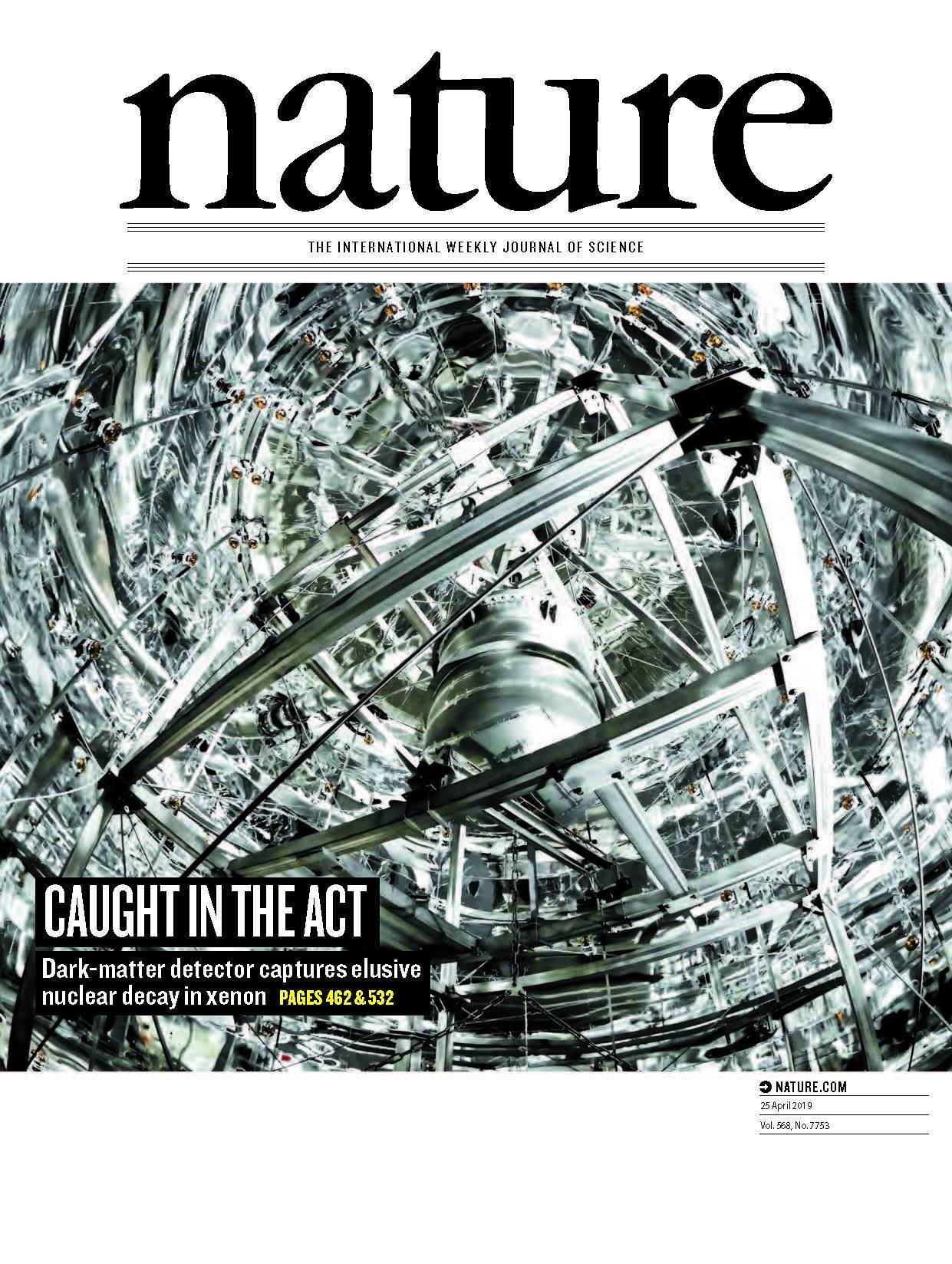First observation of two-neutrino double electron capture in Xe-124 with XENON1T
Two-neutrino double electron capture (2νECEC) is a second-order weak-interaction process with a predicted half-life that surpasses the age of the Universe by many orders of magnitude.

Until now, indications of 2νECEC decays have only been seen for two isotopes, 78Kr and 130Ba, and instruments with very low background levels are needed to detect them directly with high statistical significance. The 2νECEC half-life is an important observable for nuclear structure models and its measurement represents a meaningful step in the search for neutrinoless double electron capture—the detection of which would establish the Majorana nature of the neutrino and would give access to the absolute neutrino mass.
The XENON collaboration has detected the first direct observation of 2νECEC in 124Xe with the XENON1T dark-matter detector. The significance of the signal is 4.4 standard deviations and the corresponding half-life of 1.8 × 1022 years (statistical uncertainty, 0.5 × 1022 years; systematic uncertainty, 0.1 × 1022 years) is the longest measured directly so far. This study demonstrates that the low background and large target mass of xenon-based dark-matter detectors make them well suited for measuring rare processes and highlights the broad physics reach of larger next-generation experiments.
The results are now published as a Nature Letter and can be found here: Nature Volume 568 Issue 7753, 25 April 2019 (arxiv link coming soon).